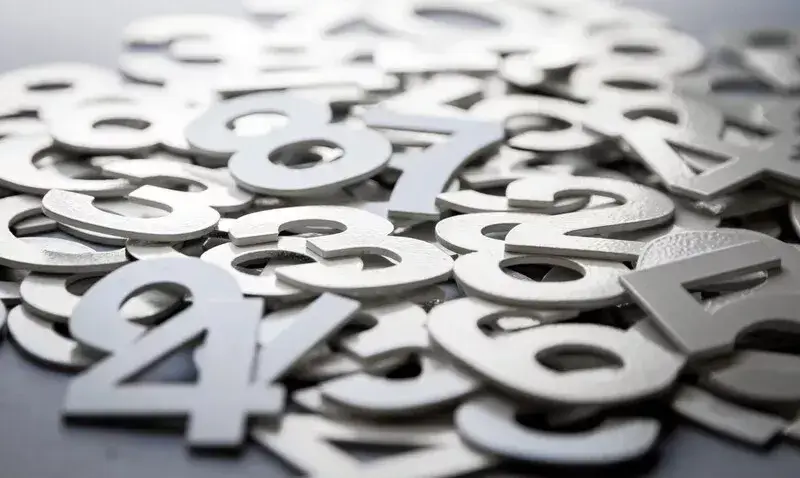 Benford’s Law is a long-standing statistical precept that remains as relevant and widely accepted in fighting fraud as ever. By wielding it effectively, experts can cut down fraudsters who unknowingly reveal their wrongdoings in dubious digits.
Benford’s Law is a long-standing statistical precept that remains as relevant and widely accepted in fighting fraud as ever. By wielding it effectively, experts can cut down fraudsters who unknowingly reveal their wrongdoings in dubious digits.
Historical background
The rule is named for Frank Benford, a physicist who noted that, in sets of random data, multidigit numbers beginning with 1, 2 or 3 are more likely to occur than those starting with 4 through 9. Studies have determined that numbers beginning with 1 will occur about 30% of the time, and numbers beginning with 2 will appear about 18% of the time. Those beginning with 9 will occur less than 5% of the time.
Further, these probabilities have been described as both “scale-invariant” and “base invariant,” meaning the numbers involved could be based on, for example, the prices of stocks in either dollars or yen. As long as the set includes at least four numbers, the first digit of a number is more likely to be 1 than any other single-digit number.
Striking implications
Benford’s Law carries striking implications for fraud detection. To avoid raising suspicion, fraud perpetrators often use figures they believe will replicate randomness. Typically, they choose a relatively equal distribution of numbers beginning with 1 through 9.
Fraud investigators can take advantage of such errors and test data in financial documents including:
• Tax returns,
• Inventory records,
• Expense reports,
• Accounts payable or receivable, and
• General ledgers
Although complicated software programs based on Benford’s Law exist to examine massive amounts of data, the principle is simple enough to apply using basic spreadsheet programs.
Not infallible
Benford’s Law, however, isn’t infallible. It may not work in cases that involve smaller sets of numbers that don’t follow the rules of randomness or numbers that have been rounded (resulting in different digits). Also, smaller numbers are more likely to occur simply because they’re smaller and the logical place to begin a count.
Assigned numbers, such as those on invoices, are also iffy. On a similar note, uniform distributions — such as lotteries where every number painted on a ball has an equal likelihood of selection — may not suit a Benford’s Law analysis. And prices involving the numbers 95 and 99 (often used because of marketing strategies) may call for a different approach.
Still relevant
Benford’s Law isn’t appropriate in every instance. And, as advanced metrics forge new inroads into fraud detection, it could fall out of favor. But Benford’s Law is expected to remain a foundational approach to fraud detection for many years to come.
© 2019

lanasa@hwco.com




